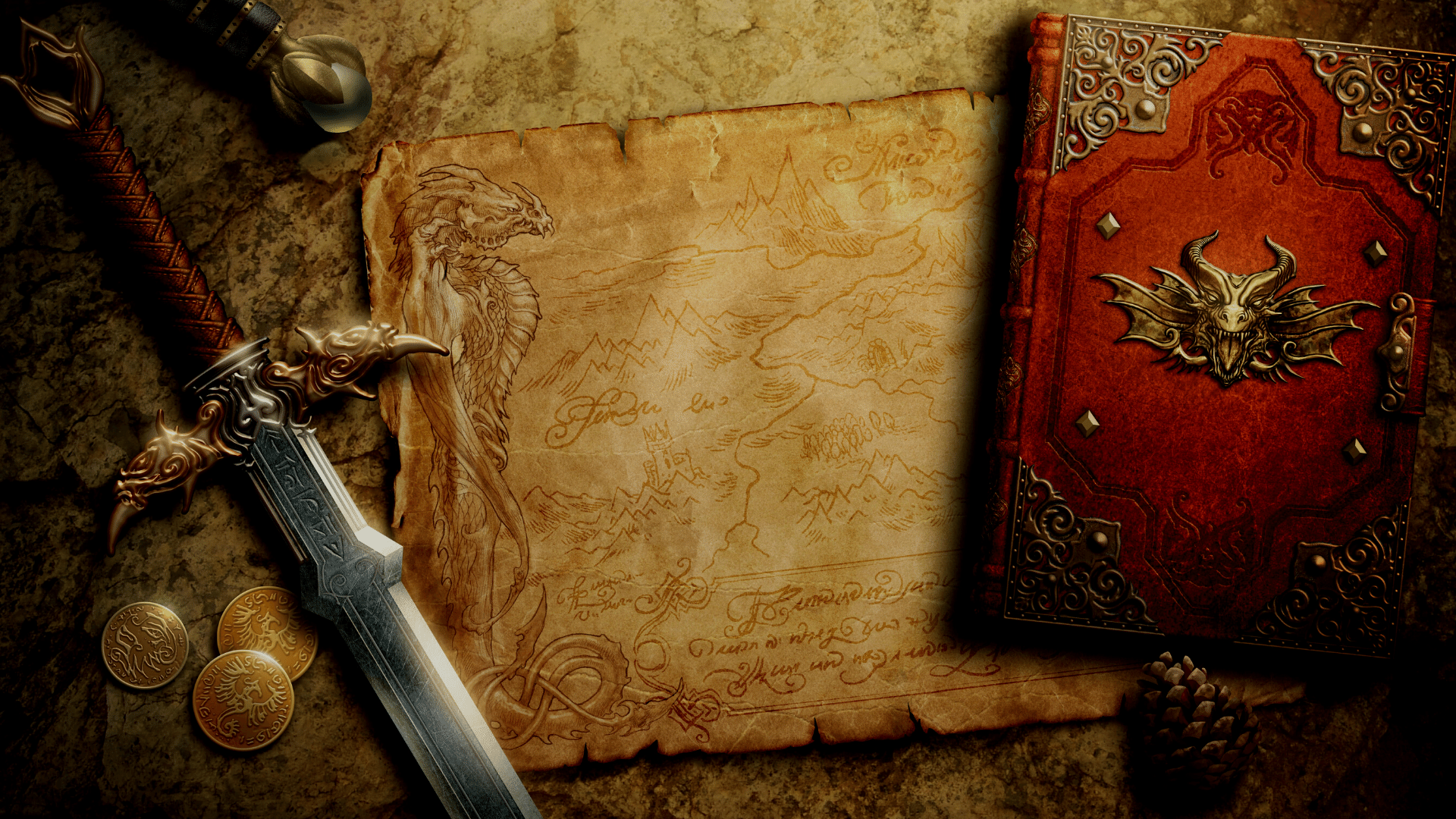
CRIT ACADEMY
BLOG

Make sure you check in regularly for up-to-date Strategies, Tips & Tricks, and tons of Guides!
You can also subscribe to our newsletter!
Become a subscriber today for FREE Dungeons & Dragons Loot!
Receive a FREE copy of our electrum bestseller Challenge Accepted!
Receive a FREE resource guide that includes not only our favorite finds but some custom resources we created as well.
You will also be entered to win any PRIZES we give away on the show.
Get the latest news & updates
Be the first to know about the latest news and releases
Get notifications when a new blog or other important event occurs.
If you are looking for a specific topic or guide,
you can search our blogs here!
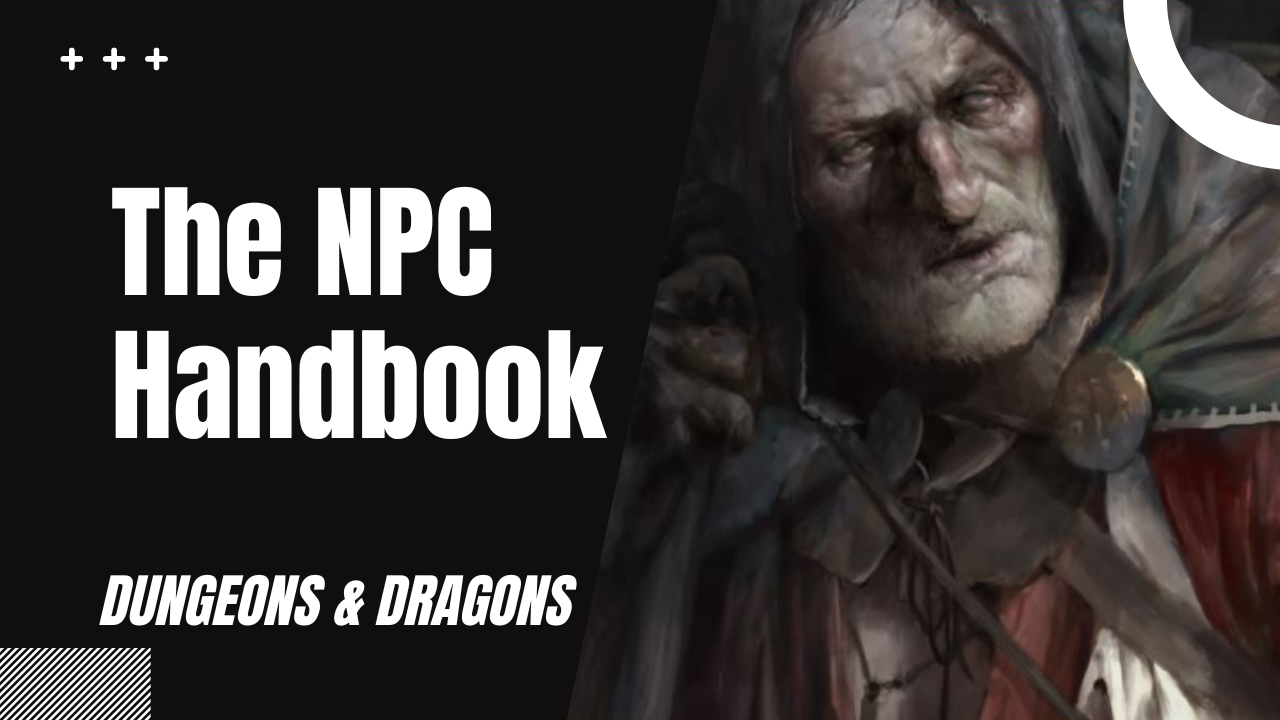
The NPC Handbook: How to build Quality NPCs for your Dungeons and Dragons Stories
D&D: How to Create an NPC
No NPC needs the depth of background, personality, and statistics that a well-crafted player character has. Many NPCs just need a name, a couple of skills, and a word or two about their place in the world and how it relates to the characters. For example, the town priest Volund worships Mielikki and has a number of magic scrolls that he can use: scroll of spike growth, scroll of conjure animals, scroll of lesser restoration, and scroll of cure wounds (6th level).
We discuss a simple seven-step guide to summarize an NPC’s essential elements so that they can interact with the player characters in a meaningful and memorable way.

5 Tips For Being A Better Dungeon Master
5 Tips For Being A Better Dungeon Master
So you want to be a Dungeon Master, eh? It's not an easy job, but it can be incredibly rewarding. Here are a few tips to help you get started on the path to becoming a great Dungeon Master.
1. Be Prepared
This one seems like a no-brainer, but it's surprisingly easy to let your preparation fall by the wayside. When you're running a game, there are a lot of moving parts and it's easy to get overwhelmed. Make sure you take the time to plan out each session in advance. Write down what you want to accomplish and what challenges your players will face. This will save you a lot of headaches in the long run. Your plans don’t have to be dozens of pages, just simple bullet points are more than enough. For example, if you use miniatures for encounters, make sure to prep a map in advance so that you aren’t wasting precious table time drawing out complex maps.

D&D: Monster Hunter 5e
In Monster Hunter, the player takes the role of a Hunter. Slaying or trapping large monsters across various landscapes as part of quests given to them by the locals. As part of its core gameplay, players use loot gained from slaying monsters, gathering resources, and quest rewards to craft improved weapons, armor, and other items that allow them to face more powerful monsters.
Inside Amellwind's Guide to Monster Hunting you will find over 150 pages full of new races, factions, feats, equipment, monsters, and more. For this show, we are going to focus on the hunting and crafting aspects, but there is much Monster Hunter goodness to be found beyond this.

5 Tips for Dungeon Masters Who Want to Improve their Game
5 Tips for dungeon masters who want to improve their game
Are you a dungeon master who wants to take your game to the next level? If so, then you've come to the right place! In this blog post, we'll give you five tips that will help you engage your players and create a more enjoyable experience for everyone involved. Let's get started!
1. Make sure to set the tone of the game early on.
The first few minutes of the game are crucial in setting the tone for the rest of the session. You want to make sure that your players know what kind of game they're in for, so be clear about the type of language and behavior that is and is not appropriate. If you're running a lighthearted game, then don't hesitate to crack a few jokes. However, if you're running a more serious game, then it's important to set that tone from the beginning as well.

Better D&D 5e Boss Battles with Home Field Advantage!
Homefield Advantage!
Lair actions, introduced in D&D 5th Edition, give shape to epic battles by introducing new gameplay mechanics which the players will associate with a boss monster for years to come. However, despite the fact that player characters face off against boss monsters at every tier of play, only a small portion of creatures, most of which in the 3rd and 4th tiers of play, were given lair actions.
Homefield Advantage provides a collection of over 250 unique sets of lair actions, covering more than 320 of the most iconic D&D creatures, so that you can create thrilling boss battles for every tier of play, and breathe new life into some of your old favorites.

D&D: How to Create a Seedy Dive in Dungeons and Dragons
How to create a Seedy Dive for Dungeons and Dragons
The best information adventurers in Dungeons and Dragons seek isn’t found in a Tavern or an Inn but inside a seedy dive. Stick around as we delve into how to create a great seedy dive for your more unscrupulous characters to gather information or pass their downtime.

10 Desert Themed Encounters for Dungeons & Dragons
The desert has always been a mysterious, dangerous place. It's a harsh environment to live in and explore, but if you can survive the heat and sandstorms, then what treasures await? Here are ten encounters I've designed that take place in deserts all over the world.

Fixing Problems in a D&D Adventure
Fixing Problems in a D&D Adventure
So your adventure is broken? Here is how to fix it!
Occasionally, the characters decide to go exactly the wrong way, pursuing a path not covered in the adventure at all. They discover a shortcut that the adventure designer or GM didn’t anticipate and skip right to the climactic battle of the adventure. They traipse through encounter after encounter without breaking a sweat.
What do you do?
You can ask your players to show mercy and do what the adventure expects them to do. Understanding players will agree, but it leaves a sour taste in their mouths. Instead, remember the first rule of improvising: Say yes, and go from there.
Wandering Off Course
It's easy to steer characters back towards the main plot, but don't be too heavy-handed about it. Guide them instead of picking up and dropping off; make sure they're engaged in what you want for yourself! And if your players find themselves lost or missing something along their journey? You can always send out search parties—just keep things moving smoothly so no one gets bored...I expect this will go over well with most people since its simple message compellingly contrasts against some very common pitfalls

D&D Advice: How to Run a Successful Encounter in Dungeons and Dragons
Running a successful Dungeons and Dragons 5e encounter is all about preparation. If you take the time to prepare, your players will have a much more enjoyable experience. Here are four tips to help you prepare for your next D&D encounter.
1. Know Your Players
The first step in preparing for a successful D&D encounter is to know your players. If you don't know what sort of things they like or don't like, it will be much harder to craft an encounter that they will enjoy. Pay attention to the sorts of things they say during the game and try to incorporate those things into your encounters. If you know one of your players loves puzzles, for example, try to include a puzzle in your next encounter. What’s great about this, is that they can all be done together. During combat you can easily include a puzzle that one player must solve during the battle. Putting a round limit can even push the tension in the game and make the characters all feel engaged. Whether they are slaying monsters, or solving the puzzle.
2. Know Your NPCs
Just as important as knowing your players is knowing your NPCs. If you're running an evil campaign, make sure you know how evil your NPCs are. You don't want them to be too evil, or the players will get frustrated, but you also don't want them to be too good, or the players will get bored. Find that perfect balance and your players will thank you for it. It is my experience that the best enemies are the ones that have very understandable motivations. This gives the encounter with them far more depth, especially when the characters and their players can almost agree with them. A great example is Mr. Freeze in the horrible Batman and Robin flick. Mr. Freeze is a doctor stealing and looting all so he can afford to buy the materials he needs to cure his dying wife.
3. Know Your Environment
Another important thing to keep in mind when preparing for a successful D&D encounter is the environment. Is it a forest? A Cave? A Mansion? Knowing the environment will help you set the scene and make it more believable for the players. It will also help you determine what sorts of creatures might be lurking around, which can be helpful when deciding what sort of encounter to run. This is great because it also helps us decide on the types of threats that exist in the environment. A battle in a swampy mire with sludge knee deep is going to have a strong contrast to fighting in an icy cave where every movement could drop a character on their rump.
4. Make use of Terrain
Terrain can be a very important part of an encounter. It can provide cover for characters, create obstacles to overcome, or even trap unsuspecting victims. When used effectively, terrain can make an encounter much more dynamic and exciting. So when designing your encounters, be sure to take advantage of the terrain around you. A battle in a slick icy cavern with stalactites on the ceiling that can be dropped down onto unsuspecting characters is great. We can further use that dropped icy stalactite as cover from battle now too. Having your monsters utilize the terrain can help engage the characters in a fun way. It might just make the difference between a boring encounter and a memorable one.
5. Set the stakes
The next step is to set the stakes. What’s at stake in this encounter? Are the players just trying to get through the room without getting hurt? Or are they trying to defeat an enemy before they successfully open a portal to a dark world. Perhaps they need to solve a puzzle to enter a vault? What are the risks of failure and the rewards of success? Solving a puzzle to stop the stream of water filling a room is a clear danger. How about stopping a raging fire in a small village before it burns down? Make sure the stakes are clear so that the players know what they need to prioritize in order to obtain success.
6. Plan Ahead
By following these four tips, you'll be well on your way to running a successful Dungeons and Dragons 5th edition encounter. Just remember to always keep your players in mind and plan ahead as much as possible. With a little preparation, your next D&D encounter will be one for the ages!

Designing a Fictional Alphabet for Dungeons & Dragons
So, why would we want to design our own fictional alphabet? Don’t we got enough to do as GMs? Let’s take a look at a short list of reasons why.
Written language is everywhere, and is a key component of nearly every culture. If you want your world to feel like it has its own living, breathing culture, then you need to think about its written language.
If your game is set in a fantasy such as Dungeons and Dragons, your characters don’t speak English (or your native language), they speak common. But what is common?
If your game is in a fictional world, a bespoke alphabet shows that you've put some solid effort into making your world feel new, fresh and unique. It is worth noting that Wizards of the Coast does have some unique writing for the more common languages such as Elvish, Draconic and Dwarvish.
Your alphabet could be used as a sort of code that your players need to try and decipher. You could even base puzzles around it.
A fictional alphabet means you can populate your world with fun looking wanted posters, scrolls, signs and so much more. For instance, inscriptions in an ancient ruin could indicate the presence of a long-gone foreign race, while text on the side of a ship may mark it as an enemy.

D&D Dungeon Dressing: 20 Things to Find in an Alchemist's Shop
Dungeon Dressing: 20 Things Your D&D Characters Might Find in a Fantasy Alchemist Shop
Alchemists are often found in fantasy settings, selling their strange and dangerous wares. Here are 20 things your D&D characters might find in a fantasy alchemist shop.

D&D Advice: Worldbuilding Strategies
Do you find yourself easily overwhelmed with creating worlds, characters, adventures, and interesting encounters? All in the name of having a good time? The truth is, that no matter how much time you spend trying to set up plots, hooks, and other points of interest, we never truly know what the characters will do. Now, some GMs can just wing it and fly by the seat of their pants. For the rest of us less blessed individuals, we need a sort of strategy. But even then, sometimes our strategy gets ripped apart and we are left grasping at straws. By the end of reading this article, you should be able to fill your big dome with some quick concepts to fill in those unexpected moves the player’s characters take.

Exotic Equipment Perks | 5e Weapon Options
In 5e the single largest lackluster choice is the weapon. There isn’t much in the way of uniqueness to separate them, except for maybe the damage die and a few restricting traits. Not to mention, some of the weapons are literally EXACTLY the same (looking at you polearms). Today we discuss Exotic Equipment Perks! Make your choice of weapon and armor matter!
Weapons and equipment should be more than just objects that adventurers carry to slay enemies and protect themselves. In the proper hands of a master, they can be powerful tools to gain the upper hand against an enemy in a myriad of different ways. Let’s delve into the next big choice your characters and monsters have for the fifth edition of the world’s greatest roleplaying game.

DM Advice | How and When to use Handouts in D&D
As you get into tabletop games, one little thing you will come to consider more and more, but that isn’t really included in rulebooks or the like, are handouts: The bits of paper that you can create and hand to your players to further enhance the game.
I personally really like using handouts, and often add them to my games. But I find that for a lot of people it doesn’t really even come to mind, or they simply don’t know where to start. So let me share some of my tips & tricks with you.
There are three general reasons to use handouts:
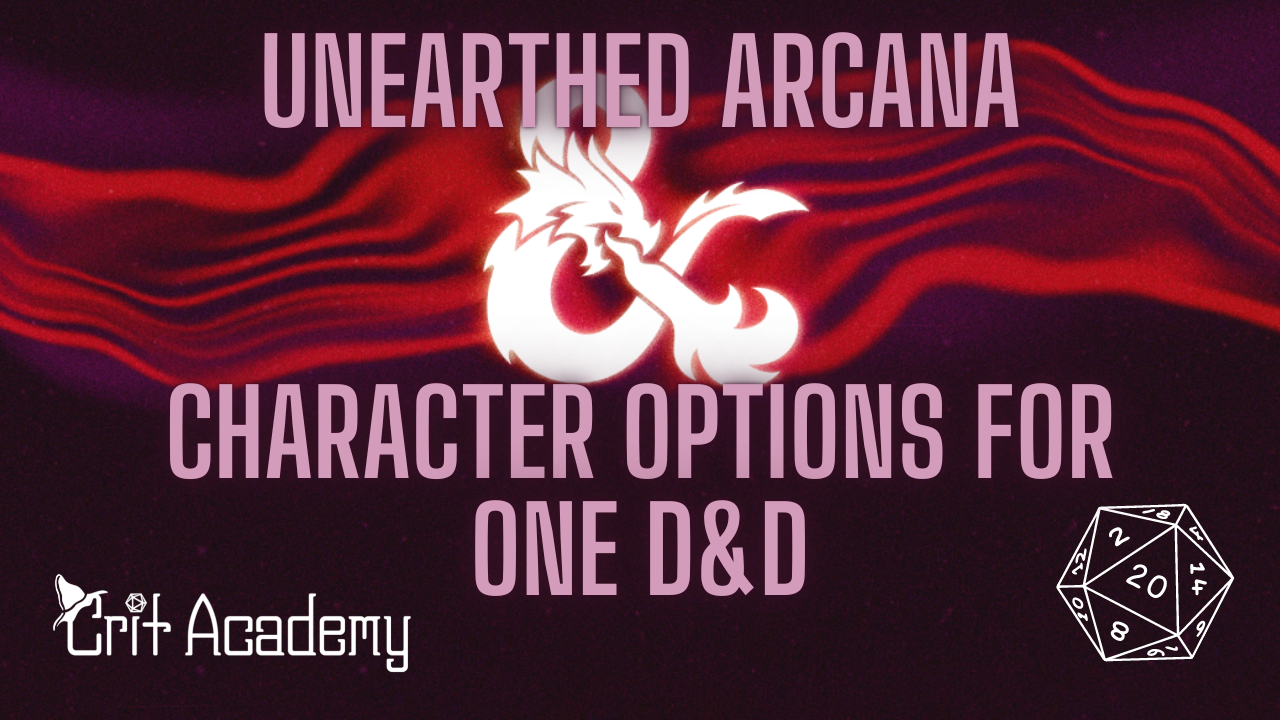
Big Changes coming to 5e Character Origins | One D&D
Wizard’s has announced the next evolution of Dungeons and Dragons, and it isn’t a new Edition! Today we discuss the first of many pieces of playtest material for the 2024 update for the Player’s Handbook for the world’s greatest roleplaying game, Character Origins.
There are many big changes in the new Character Origins. Origins are comprised of several core aspects; Race, Background, and Language. Each of these is used to help you flesh out your character after deciding on the core class they will be.

From Sassy Ice Cream Taster to Powerful Lady Applejack: How Erica Sinclair of Stranger Things Embraces D&D and Would be an Ideal Dungeon Master
Until Season 3, Erica Sinclair was just Lucas’ younger annoying sister. Since the beginning of time, this has been a common trope from The Brady Bunch to Buffy the Vampire Slayer to Black Panther, annoying sisters have dominated the screen across the globe. But who was once a sassy ice cream sampler turned member of the beloved Scoop Troops, turned Lady Applejack, Erica has developed into a powerful character who is critical to the success of the Party, and even the defeat of Vecna. Her character development throughout the series is strong and watching her grow into an intelligent, complex person who is not only relatable to the average viewer but to girls and women of color is enchanting.
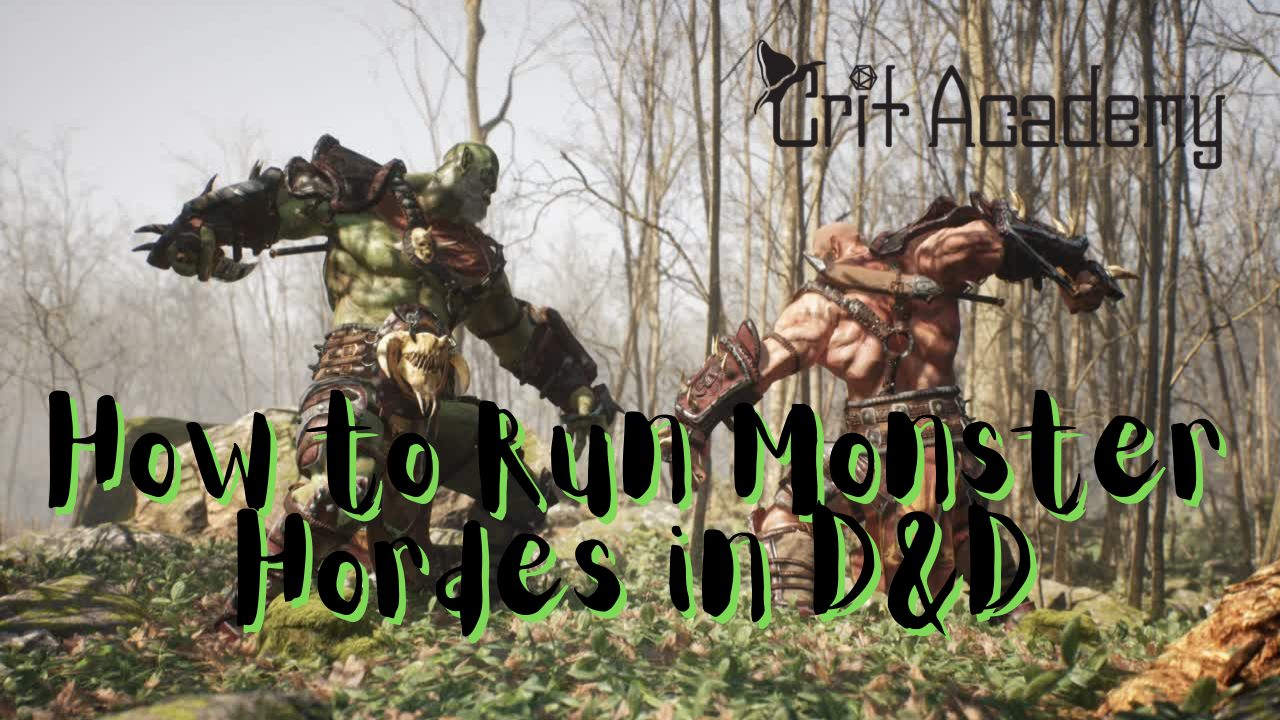
How to Run Monster Hordes in D&D
Looking to overrun your characters with a nearly endless supply of an undead horde? How about pitting them against the creatures of hell flooding in through a rift? Well, today we teach you how to do just that. Join us as we share How to Run Monster Hordes in Dungeons & Dragons.

Writing & Running Investigations in Dungeons and Dragons
AMAZING #dnd advice!
"bit of advice on writing/preparing an investigation is this: Include a pineapple."
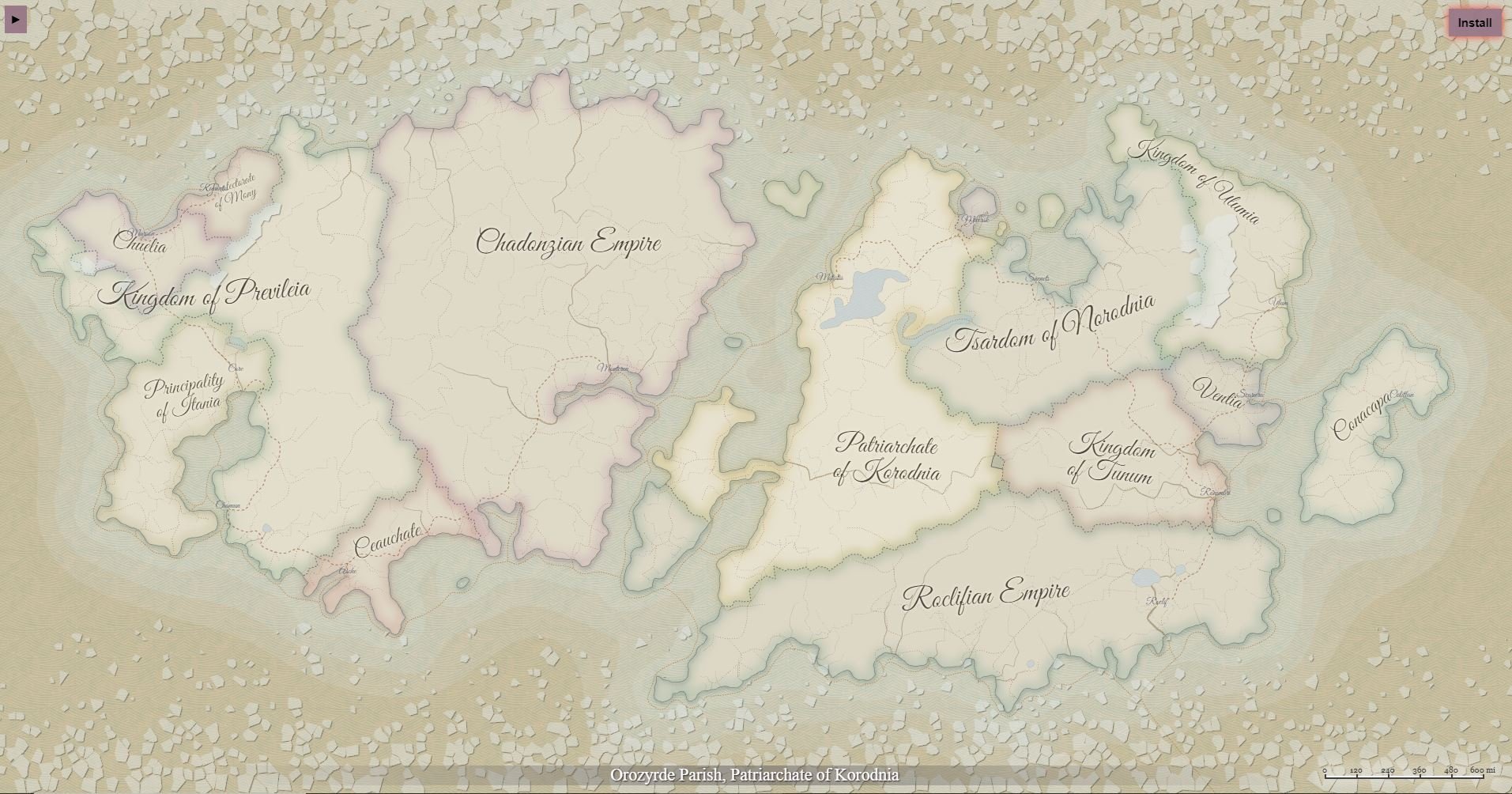
The Best Worldbuilding Tool for Dungeon Masters
Building an entire world for your roleplaying game is a HUGE amount of work. Even for experienced Dungeon Masters. What if, with a click of a button you could have a world map, regions, cities, towns, villages, and more all plotted in just a second? Well, with Azgaar’s Fantasy Map Generator, you can do just that!

Unearthed Arcana: Wonders of the Multiverse
The Wonders of the Multiverse continue to grow! The new Unearthed Arcana playtest is here! Stick around as we delve into a new race, the fate domain cleric, backgrounds, feats and more.
What is Unearthed Arcana: Wonders of the Multiverse?
The D&D Multiverse continues to grow! Today we cover the playtest content of the newest Unearthed Arcana: Wonders of the Multiverse released in July 2022. As always, these are subject to change, but we are always excited to delve not only into the mechanics but the underlying lore that could indicate upcoming releases.
